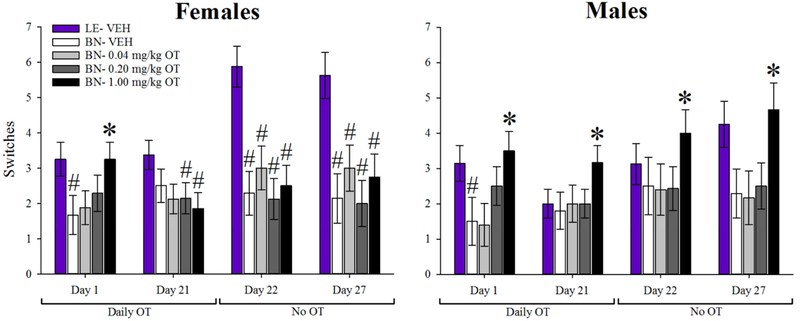Figure 3. Effects of oxytocin (OT) on probabilistic reversal learning.
Acute OT (1 mg/kg) increased the total number of switches completed by male and female BN rats vs. vehicle in the PRLT. Vehicle-treated BN rats exhibited fewer switches than vehicle-treated LE rats within both sexes at this time-point. Chronic OT at 1 mg/kg increased the number of switches completed by male, but not female, BN rats relative to saline and lower OT-dosed BN rats 30 minutes after OT administration. This effect of chronic 1 mg/kg OT on male BN rats persisted after cessation of daily OT administration, with improved performance observed at both the one- and six-day post treatment time-points. Male BN rats showed no statistical difference from LE rats in terms of switches at any time-point. BN females that had received 0.2 and 1 mg/kg OT chronically completed fewer switches than LE females at the day 21 time-point. All female BN cohorts completed fewer switches than the female LE cohort at the day 22 and 27 time-points. Data presented as mean ± S.E.M. * = p <0.05 relative to BN- vehicle group; # = p <0.05 relative to LE- vehicle group.

